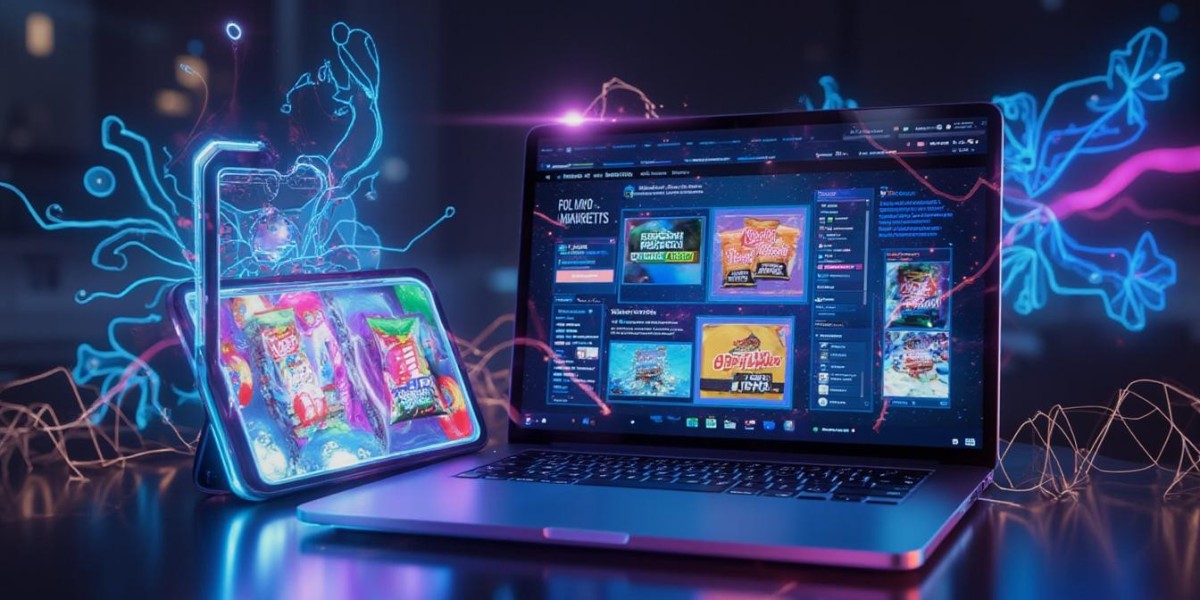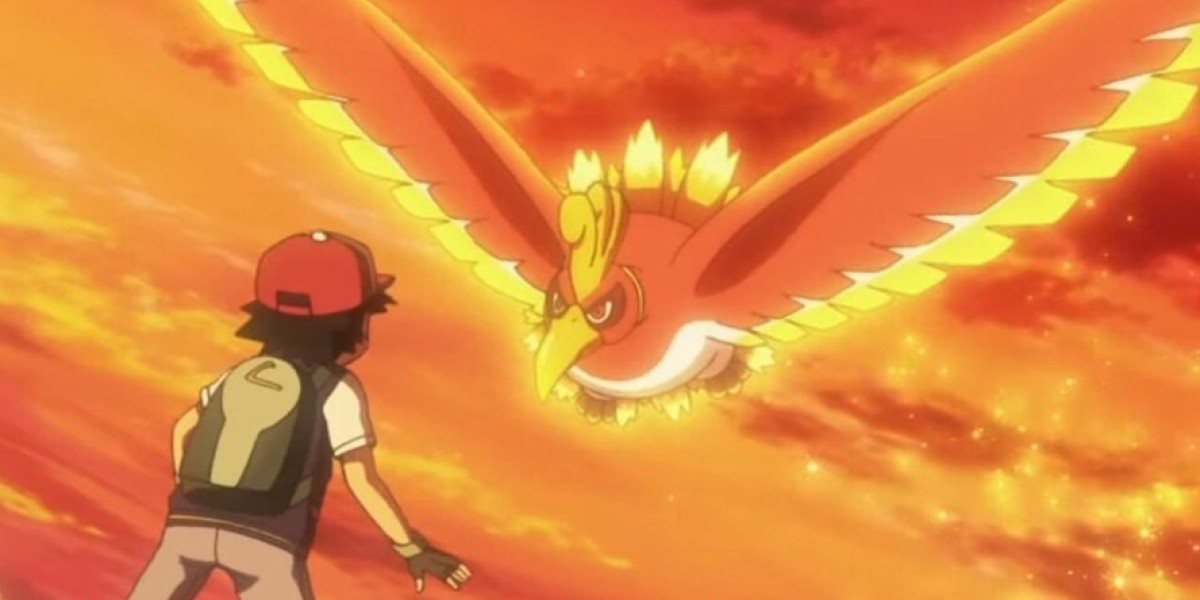Introduction
The FMCG (Fast-Moving Consumer Goods) sector is one of the most competitive industries in the world. From food and beverages to personal care and household products, FMCG brands need to stand out in crowded markets while meeting rapidly changing consumer expectations. With digital transformation reshaping consumer behavior, Digital Marketing for FMCG Products has become a critical growth driver.
In today’s hyperconnected world, consumers interact with brands across multiple touchpoints—social media, e-commerce platforms, search engines, and influencer networks. FMCG companies have leveraged these digital avenues not just for visibility but for customer engagement, storytelling, and loyalty building.
This blog dives into real-world case studies of successful FMCG digital marketing campaigns, highlighting strategies that worked, lessons learned, and insights brands can replicate.
Why Digital Marketing Matters for FMCG Brands
Before exploring the case studies, let’s understand why FMCG brands prioritize digital marketing:
Consumer Reach: Billions of people now spend hours daily online; digital marketing connects FMCG brands with mass audiences efficiently.
Data-Driven Insights: Unlike traditional advertising, digital channels allow precise targeting and performance tracking.
Consumer Engagement: From interactive ads to influencer-driven storytelling, FMCG brands engage consumers at a deeper level.
E-commerce Integration: With platforms like Amazon, Flipkart, and grocery apps, digital drives both awareness and sales.
Case Study 1: Coca-Cola – Share a Coke Campaign
Campaign Overview
Coca-Cola’s “Share a Coke” campaign is one of the most iconic examples of personalized digital marketing in the FMCG sector. Initially launched in Australia, the campaign replaced the brand’s iconic logo with popular first names, encouraging consumers to find bottles with their names.
Digital Strategy
Social Media Activation: Consumers were encouraged to share photos with personalized Coke bottles using hashtags.
User-Generated Content: Coca-Cola turned consumers into brand promoters.
E-commerce Partnerships: Consumers could order customized Coke bottles online.
Results
Massive social engagement with millions of hashtag mentions.
Sales boosted in multiple regions.
Reinforced brand loyalty by personalizing consumer experiences.
Case Study 2: Hindustan Unilever – Dove Real Beauty
Campaign Overview
Dove, a Hindustan Unilever brand, has consistently championed the idea of real beauty, moving away from unrealistic beauty standards.
Digital Strategy
Storytelling Videos: Dove released viral video campaigns across YouTube and social media.
Influencer Collaborations: Partnered with everyday women, not celebrities, to promote authenticity.
Emotional Branding: Created relatable content that sparked conversations about beauty standards.
Results
Millions of video views globally.
Stronger brand positioning as a socially responsible FMCG brand.
Long-term consumer loyalty through values-based marketing.
Case Study 3: PepsiCo – #SayItWithPepsi Emojis
Campaign Overview
Pepsi launched bottles and cans featuring emojis to connect with younger audiences.
Digital Strategy
Social Media Engagement: Encouraged fans to share Pepsi emojis online.
Interactive Content: Created GIFs, stickers, and digital filters.
Youth-Oriented Marketing: Leveraged influencers and music collaborations.
Results
Viral campaign with millions of impressions.
Strengthened connection with Gen Z consumers.
Increased product sales during the campaign period.
Case Study 4: Nestlé – KitKat’s Digital-first Campaigns
Campaign Overview
Nestlé’s KitKat consistently embraces humor, entertainment, and digital-first creativity in campaigns.
Digital Strategy
“Have a Break” Content: Used social media memes and viral videos.
E-commerce Visibility: Partnered with online retailers to run flash sales.
Localized Campaigns: Created region-specific marketing to target diverse audiences.
Results
Strong digital presence across markets.
Higher consumer recall due to fun, shareable content.
Case Study 5: ITC – Aashirvaad Atta during the Pandemic
Campaign Overview
During COVID-19, ITC used digital campaigns to strengthen trust in its Aashirvaad Atta brand when consumers were more health-conscious.
Digital Strategy
Awareness Campaigns: Highlighted hygiene, sourcing, and quality assurance through digital platforms.
Recipe Content: Shared cooking tutorials on YouTube and social platforms.
E-commerce Push: Strengthened availability on grocery delivery apps.
Results
Significant increase in online orders.
Stronger trust and reliability perception during uncertain times.
Case Study 6: Amul – Topical Social Media Marketing
Campaign Overview
Amul is legendary for its witty, topical advertising.
Digital Strategy
Real-Time Marketing: Quick response to current events with humorous graphics.
Cross-Platform Reach: Shared across Facebook, Twitter, Instagram, and WhatsApp.
Community Engagement: Fans shared Amul ads organically, boosting reach.
Results
Consistently high engagement over decades.
Strong brand recall as India’s most beloved dairy brand.
Key Learnings from These Case Studies
From these successful FMCG campaigns, we can distill several lessons:
Personalization Works: Coca-Cola proved the power of making consumers feel special.
Values Matter: Dove showed that socially conscious branding builds trust.
Youth Engagement Requires Creativity: Pepsi demonstrated that emojis, memes, and pop culture resonate with younger demographics.
Digital-First Storytelling Wins: KitKat and Amul excelled by creating shareable, humorous, and topical content.
Trust is Critical in Crisis: ITC reinforced consumer trust during uncertain times.
Future of Digital Marketing for FMCG Products
As technology evolves, FMCG brands will increasingly rely on:
AI and Personalization: Tailored product recommendations and campaigns.
Voice Search Optimization: Catering to smart speakers and voice assistants.
AR/VR Marketing: Interactive product experiences.
Sustainability Messaging: Highlighting eco-friendly practices.
Brands that adapt quickly to digital-first strategies will continue to thrive in competitive markets.
Conclusion
The FMCG sector thrives on consumer trust, visibility, and relevance. By leveraging digital platforms creatively, brands like Coca-Cola, Dove, Pepsi, KitKat, ITC, and Amul have shown how digital marketing for FMCG products can transform customer relationships, boost sales, and create lasting brand loyalty.
For FMCG companies looking ahead, the lesson is clear: digital is no longer optional—it is the backbone of consumer engagement.
FAQs – Case Studies: Successful FMCG Digital Marketing Campaigns
1. What is Digital Marketing for FMCG Products?
Digital marketing for FMCG products refers to the use of online platforms like social media, search engines, email, and e-commerce to promote fast-moving consumer goods. It focuses on building brand awareness, engaging with consumers, and driving product sales through data-driven campaigns.
2. Why is digital marketing important for FMCG companies?
FMCG brands compete in highly saturated markets. Digital marketing helps them stand out by offering measurable results, consumer insights, and the ability to reach millions of customers across different demographics efficiently.
3. How do FMCG brands use social media in marketing?
They use social media platforms such as Instagram, Facebook, Twitter, and TikTok to create engaging content, launch interactive campaigns, collaborate with influencers, and respond to consumer feedback in real time.
4. Which FMCG digital campaign is considered the most successful?
Coca-Cola’s “Share a Coke” campaign is one of the most successful FMCG digital marketing campaigns. It personalized bottles with consumer names and encouraged online sharing, creating a global viral sensation.
5. What role does storytelling play in FMCG marketing?
Storytelling humanizes FMCG brands. Campaigns like Dove’s “Real Beauty” use emotional storytelling to connect deeply with consumers, promoting values of inclusivity and authenticity.
6. How do FMCG brands use influencers for marketing?
They partner with macro-influencers for broad reach and micro-influencers for niche targeting. For example, beauty and skincare FMCG brands collaborate with lifestyle bloggers and YouTubers to build authenticity.
7. What are some examples of FMCG brands using personalization?
Coca-Cola’s “Share a Coke” bottles and Pepsi’s emoji campaigns are examples of personalization. These campaigns allowed consumers to connect personally with the product and encouraged digital sharing.
8. How did FMCG brands adapt during the COVID-19 pandemic?
Brands like ITC and Nestlé shifted to health and hygiene messaging, invested heavily in e-commerce, and launched recipe tutorials, online challenges, and home-delivery campaigns to stay connected with consumers.
9. Why is consumer trust important for FMCG brands?
FMCG products are part of everyday life, from food to personal care. Trust is crucial because consumers rely on these products for health, safety, and quality. Digital marketing campaigns reinforce this trust through transparency and engagement.
10. How do FMCG brands use real-time marketing?
Brands like Amul are experts in real-time marketing by creating topical ads related to trending news and cultural events. This builds immediate relevance and strengthens consumer engagement.
11. How do FMCG companies track the success of digital campaigns?
They use KPIs like website traffic, social media engagement, click-through rates, conversion rates, sales numbers, and customer feedback to measure effectiveness.
12. What challenges do FMCG brands face in digital marketing?
Key challenges include consumer attention span, intense competition, fake news or misinformation, adapting to rapid platform changes, and managing a consistent brand voice across channels.
13. Which FMCG brand has the best digital-first strategy?
KitKat by Nestlé has built a strong digital-first presence through humorous, shareable campaigns under its famous slogan, “Have a Break, Have a KitKat.”
14. Can small FMCG brands compete with big players online?
Yes. Digital marketing levels the playing field. Smaller FMCG brands can target niche audiences with limited budgets, use creative storytelling, and leverage influencer marketing to compete against giants.
15. How does e-commerce impact FMCG digital marketing?
E-commerce platforms like Amazon, Flipkart, and BigBasket enable FMCG brands to sell directly to consumers while running sponsored ads, bundling offers, and loyalty programs that are measurable and scalable.
16. What is the role of video marketing in FMCG campaigns?
Video content on platforms like YouTube, Instagram Reels, and TikTok drives higher engagement. For instance, Dove and Maggi created emotional and educational video campaigns to connect with audiences effectively.
17. What are the key future trends in FMCG digital marketing?
AI-driven personalization
Voice search optimization
Augmented Reality (AR) product trials
Influencer micro-communities
Sustainability-focused campaigns
18. How do FMCG brands build consumer loyalty through digital channels?
They use loyalty apps, personalized offers, exclusive online discounts, gamification strategies, and emotional content that aligns with consumer values.
19. What is the difference between FMCG traditional marketing and digital marketing?
Traditional marketing focuses on TV, radio, and print, while digital marketing emphasizes data-driven targeting, two-way engagement, and measurable ROI. Digital allows faster adaptability and more personalized experiences.
20. How did Pepsi use digital campaigns to engage youth?
Pepsi launched its #SayItWithPepsi campaign with emojis and digital stickers, allowing consumers to express emotions and share Pepsi content across social media and messaging platforms.
21. Why is localization important in FMCG digital marketing?
Localization ensures campaigns resonate with regional cultures and preferences. For example, KitKat and Maggi have created local-language content and recipes for specific markets in India.
22. How can FMCG brands use data analytics effectively?
By analyzing consumer purchase patterns, engagement metrics, and feedback, brands can optimize targeting, launch personalized offers, and improve customer journeys across digital platforms.
23. How do sustainability messages impact FMCG marketing?
Consumers are increasingly eco-conscious. Brands like Unilever and Nestlé highlight sustainable packaging and ethical sourcing in digital campaigns to build credibility and trust.
24. What is the role of mobile marketing in FMCG growth?
Since most consumers access digital content on smartphones, FMCG brands use mobile apps, push notifications, SMS campaigns, and mobile-first video ads to maximize engagement and conversions.
25. What is the biggest takeaway from FMCG digital case studies?
The key takeaway is that successful campaigns combine creativity with consumer insights. Whether it’s Coca-Cola’s personalization, Dove’s values, or Amul’s topical humor, digital marketing for FMCG products thrives when it connects emotionally and meaningfully with consumers.








